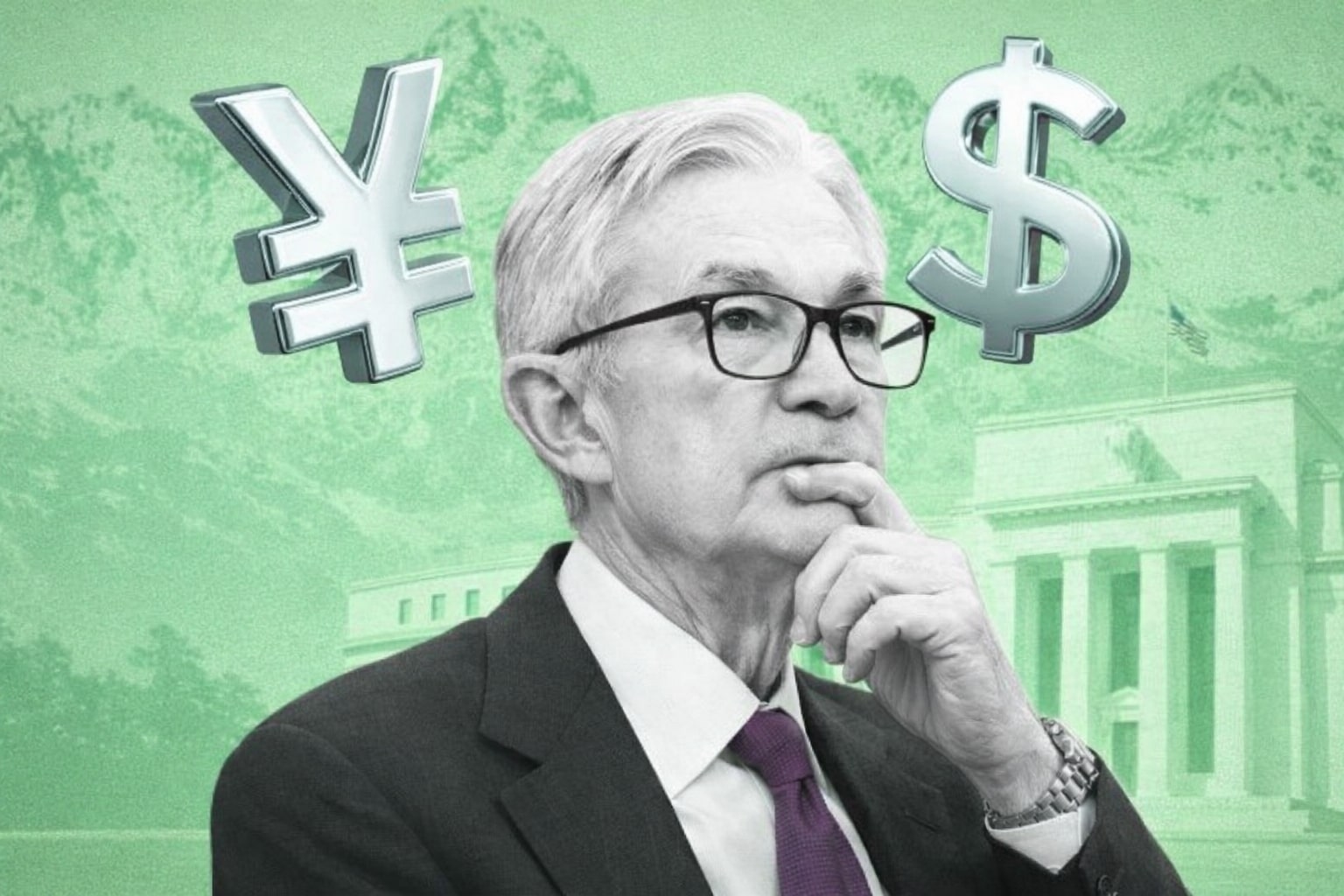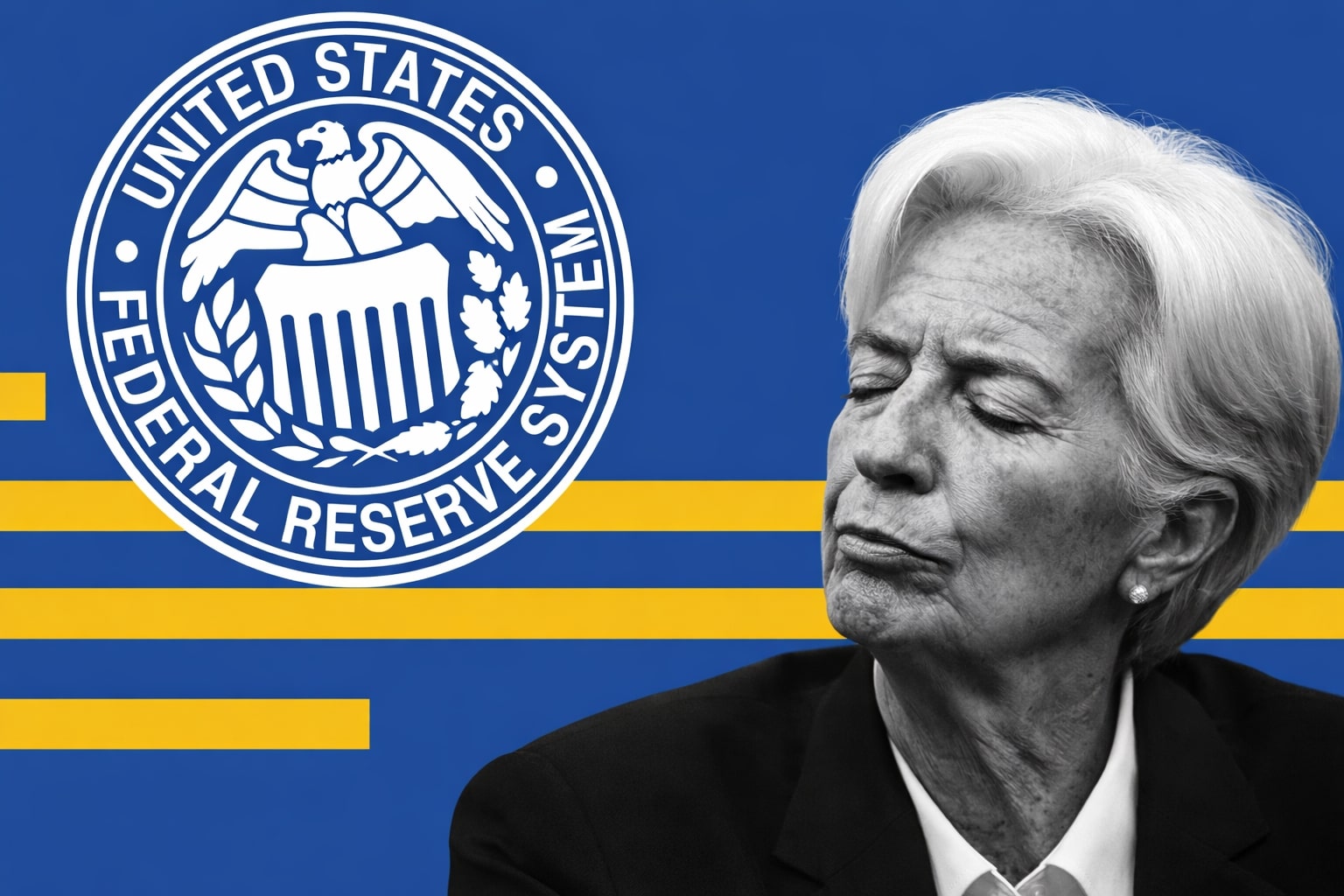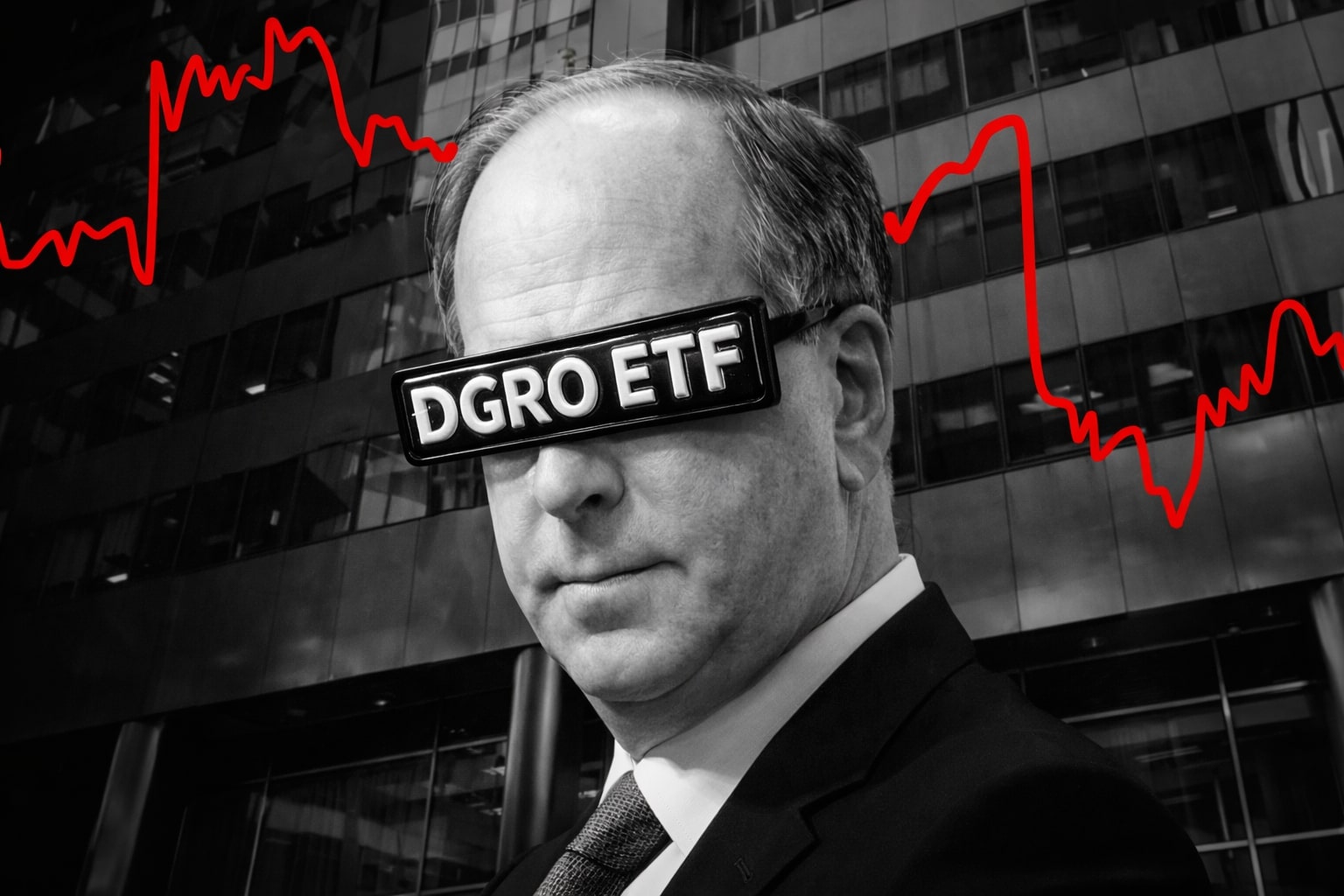
USD/JPY Price Forecast - Yen Weakens to 151.30 Amid Dollar Selloff
Greenback slides for second day as Trump’s tariff threat stokes U.S.–China conflict, Fed pricing shifts sharply toward cuts, and Japan’s political uncertainty adds volatility | That's TradingNEWS
USD/JPY Weakens as Trade Tensions and Fed Pivot Trigger Dollar Retreat
The USD/JPY pair traded around ¥151.30 on Wednesday, retreating nearly 0.35% from last week’s eight-month high of ¥153.27. The decline reflects renewed U.S.–China trade frictions, a weakening U.S. Dollar Index at 98.53, and expectations that the Federal Reserve could deliver consecutive rate cuts before year-end. The pair has been highly sensitive to both geopolitical and monetary developments, amplifying volatility across Asian and U.S. trading sessions.
Escalating U.S.–China Trade Conflict Adds Downward Pressure
Market sentiment deteriorated sharply after President Donald Trump announced plans to impose 100% tariffs on all Chinese imports starting November 1, retaliating against Beijing’s new export restrictions on rare earth elements. This escalation revived fears of a global trade war, sparking safe-haven demand for the Japanese Yen. Trump’s accusation that China deliberately reduced soybean imports and could target agricultural and energy sectors deepened risk aversion, triggering a selloff in the dollar and U.S. equities.
Simultaneously, China imposed sanctions on five U.S. companies linked to Hanwha Ocean, underscoring the growing economic divide between the two superpowers. The tit-for-tat policy environment amplified concerns of a potential slowdown in global trade, further strengthening the yen, which remains Asia’s primary risk hedge.
U.S. Government Shutdown and Fiscal Deadlock Deepen Investor Anxiety
The prolonged U.S. government shutdown, now entering its third week, continues to sap confidence in the U.S. economy. The Senate’s ninth failed vote to pass a temporary spending bill underscores fiscal paralysis. The ongoing closure of key statistical agencies delays critical data releases, leaving traders with limited visibility on labor market and inflation trends. The uncertainty has reduced appetite for U.S. assets, prompting a reallocation toward the yen and gold, both of which gained over 0.3% in early trading.
Federal Reserve’s Dovish Turn Fuels Speculation of Rate Cuts
Recent remarks from Fed Chair Jerome Powell signaled a subtle pivot in policy direction. Speaking at the National Association for Business Economics (NABE) conference, Powell acknowledged that “liquidity is tightening” and that the Fed must avoid over-constraining financial conditions. He also stressed that the job market is “stagnant,” indicating a slowing economy despite inflation remaining above the 2% target.
Market consensus now expects two 25-basis-point cuts — one at the October 29–30 meeting and another in December — with CME FedWatch pricing in 97% and 95% probabilities, respectively. Powell’s “meeting-by-meeting” language is being read as confirmation that Quantitative Tightening (QT) may soon end, effectively marking the first step toward policy normalization.
Technical View: Rising Wedge Breakdown Signals Short-Term Bearish Reversal
From a technical standpoint, USD/JPY has been forming a rising wedge pattern since May — a formation that typically precedes a trend reversal. After testing upper resistance near ¥152.00–¥152.30, the pair reversed lower, confirming a short-term bearish setup. The support zone lies between ¥150.00–¥147.00, the latter coinciding with the wedge’s lower boundary.
Momentum indicators confirm the weakening bias:
-
RSI has retreated from overbought territory above 70 to near 55.
-
MACD shows a bearish crossover, suggesting downside momentum could extend toward ¥147.00.
A break below ¥150.00 would validate a 400-pip retracement, potentially opening the way to ¥147.00, last seen in August.
Read More
-
DGRO ETF Price: Is DGRO at $69.17 Still the Better Dividend-Growth Bet?
17.12.2025 · TradingNEWS ArchiveStocks
-
XRP Price Stuck Below $2 As XRPI at $10.74 and XRPR at $15.26 Ride $1B+ ETF Inflows
17.12.2025 · TradingNEWS ArchiveCrypto
-
Natural Gas Price Forecast - NG=F Steady Near $4 as TTF Jumps on Colder Forecasts and LNG Outage Risk
17.12.2025 · TradingNEWS ArchiveCommodities
-
USD/JPY Price Forecast: USDJPY=X 155.50 Pivot Before BoJ Hike and US CPI
17.12.2025 · TradingNEWS ArchiveForex
Japan’s Political Uncertainty Reinforces Yen Strength
The Japanese Yen’s resilience also reflects growing domestic political instability. Following Prime Minister Shigeru Ishiba’s resignation, LDP leader Sanae Takaichi struggles to secure parliamentary support amid coalition breakdown. The withdrawal of the Komeito Party on October 10 cost the ruling party its majority, intensifying speculation about a unified opposition under Yuichiro Tamaki.
According to Bank of America, if both houses of parliament select different candidates, the Lower House will decide the outcome, introducing uncertainty that strengthens the yen as investors seek stability in the currency rather than equities.
Bank of Japan’s Policy Outlook and Yen Rates
Following the political turmoil, market expectations for a Bank of Japan rate hike have sharply declined. Pricing for a 25-basis-point hike at the October meeting fell from 60% to 25%, while the probability of a move by December dropped from 68% to 41%. BOJ Governor Kazuo Ueda’s recent remarks on wage uncertainty and tariff risks support a dovish stance, keeping Japanese yields near zero and reinforcing the yen’s role as a low-yield safe-haven.
Market Dynamics and Comparative Currency Movements
The Japanese Yen emerged as the strongest major currency on Wednesday, gaining 0.36% versus the U.S. Dollar, 0.12% versus the Euro, and 0.14% against the Pound Sterling. The Dollar Index fell 0.28%, continuing its two-day slide from last week’s high of 99.40. Meanwhile, gold extended its rally to a new record high of $4,157.80/oz, underscoring broad market risk aversion.
Trade and Investment Sentiment
Investor flows show growing preference for defensive assets. Japanese government bonds have seen a $3.2 billion inflow this week, while U.S. Treasury yields declined 9 basis points to 3.91%. The yen’s momentum is reinforced by rising expectations of intervention risk from Tokyo authorities should USD/JPY breach the ¥152.00 ceiling again.
Buy, Sell, or Hold Verdict
Given the combination of Fed dovish pivot, U.S.–China trade escalation, domestic Japanese political instability, and technical weakness, the short-term bias for USD/JPY turns bearish. Traders should watch ¥150.00 as critical near-term support; a decisive break could trigger further downside toward ¥147.00. Conversely, a rebound above ¥152.30 would invalidate the bearish setup and restore bullish control toward ¥158.00.
Overall stance: Hold with a short-term bearish bias, targeting ¥147.00 if macro and technical factors align.



















